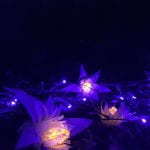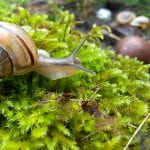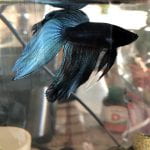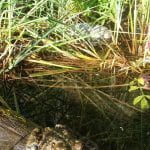In your group Define/Discover:
How can we filter the waste water from Edible Agriculture so that it can be released back into the Pitt River?
- Are there chemicals in the water?
- What is the Ph of the water?

- How far does the water have to travel?
- Are there e larger pieces of debris in the water?
- Is the water coming off plant or live sock fields?
- What pesticides or fertilizers might have been used?
The water was not clear. There was hair, conifer needles, wood and other debris visible in it. After siting for a couple of days, dirt had settled at the bottom. The water smelled like vinegar. There were no visible oils on the surface. The flame test came out orange and the ph was 5. (7 is neutral)
In your group Dream:
If we can thoroughly filter the water, we can prevent harm to the environment due to chemicals or other run off waste in the water.
In your group Design/Deliver:
We will use a plastic bottle as the frame, then layers of sand, carbon, filter paper, cotton and clothe to filter out the debris and the majority of the pollutants. As the water filters through the bottle, the debris becomes stuck un the filtration system, so that we are left with clear water. The plastic bottle is only a prototype. If we were actually using this as a filter, we would probably place the filtration systems into removable sections of a tank, using gravity to carry the water through the filter.

Materials:
- Filter paper
- Carbon
- Sand
- Cotton
- Cheese cloth
- Plastic bottle
Model:
In your group Debrief:
Our filter worked relatively well. The water came out clear, however the vinegar smell remained. This proved that there were still chemicals in the water. The ph. levels did not change, nor were we able to complete a second flame test.
If we were to do this challenge again, we would find a more accurate way to determine what chemicals were in the water as well as a way to better balance the Ph. Doing more than just the flame test could have helped us in our research as well. Our team work could have improved, as we did most of the tasks in pairs and didn’t always communicate our findings. Overall, we were able to complete this task and learned a lot about how to compromise on a solution.
